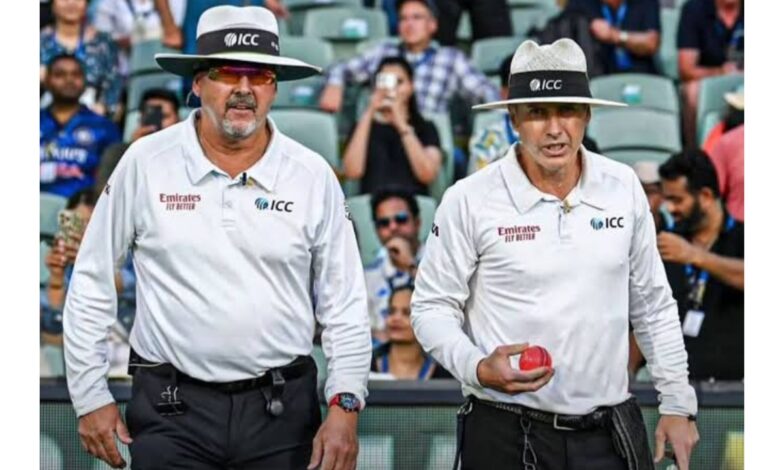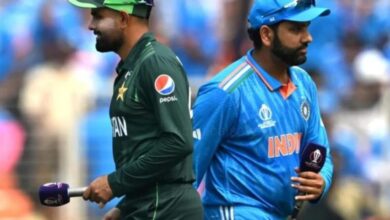ICC Makes 8 Big Changes & Add New Rules in Cricket| Now ‘Slow Over Rate’ Rule will be Implemented in Test Cricket!

A lot is going to change in international cricket from July 2. The ICC has approved several new laws and changes to the rules of the game for international cricket. These changes include the rule of using only one ball from the 35th over in ODIs.
ICC Makes 8 Big Changes & Add New Rules in Cricket
1. Stop clock rule has been implemented in the test. If a catch is not clear and the player still claims that the batter is out, it will be declared a no ball. A year after introducing the stop-clock rule in T20 and ODI cricket, the ICC has now decided to implement it in Tests as well.
2. Slow over rate is a big problem in Tests. Now, under the new ICC rules, the fielding team has to start the next over within one minute of the completion of the previous over. If they fail to do so, they will get two warnings from the umpires. After this, if this happens, then a fine of five runs will be imposed for each time. This rule will be applicable only in the 2025-27 World Test Championship.
3. The ICC has also taken a big decision on the issue of short runs. If the batter deliberately does not take extra runs, the umpire may change the strike with the consent of the fielding team. In addition, a five-run penalty will be imposed on the team of the batsman who takes short runs. However, this decision will depend on the umpire.
4. Similarly, putting saliva on the ball will not change it. This change was made because teams deliberately use saliva to change the ball. Now the umpire will only change the ball when there is a major change in its condition. This decision will be taken by the umpire himself. If the umpire feels that the condition of the ball has not changed significantly due to the use of saliva, then the ball will not be changed.
5. ICC has also made a major change to the DRS rules. If a batsman is caught out and asks for a review and it is found that the ball hit the pads without touching the bat. After the catch out is disallowed, the TV umpire will now check for another dismissal mode (such as LBW). Previously, if there was no catch out, the default decision for LBW was “not out”.
6. The ICC has also made a major change to the umpire and player review process. This means that earlier, TV umpires would first consider the umpire’s review and then the player’s review. But under the new rules, if the batsman is out on the first occasion, the ball will be dead. The second review will not be checked at all. For example, if there is an appeal for LBW and run out, the TV umpire will check LBW first, because it happened first.
7. The ICC has also made a big rule change regarding catches. Imagine if the umpires on the field don’t know if the catch was taken correctly or not. But the TV umpire says it was a no ball. Earlier, the validity of the catch was not checked when there was a no-ball signal. But under the new rules, the third umpire will now review the catch. If the catch is valid, then the batting team will get only one extra run for the no-ball. But if the catch is not correct, then the runs scored by the batter will be awarded to the batting team.
8. ICC has allowed the use of a new ball after the 35th over of one-day cricket. This will now help fast bowlers in the death overs. Apart from this, ICC has also made changes to the catch in the boundary. If a player touches the ball from outside the boundary, it will be considered illegal. The fielder can catch the ball only once after bouncing it outside the boundary.
Humbly Request To All Visitors!
If you found above both downloading link expired or broken then please must inform admin by fill this Contact Us! Form





